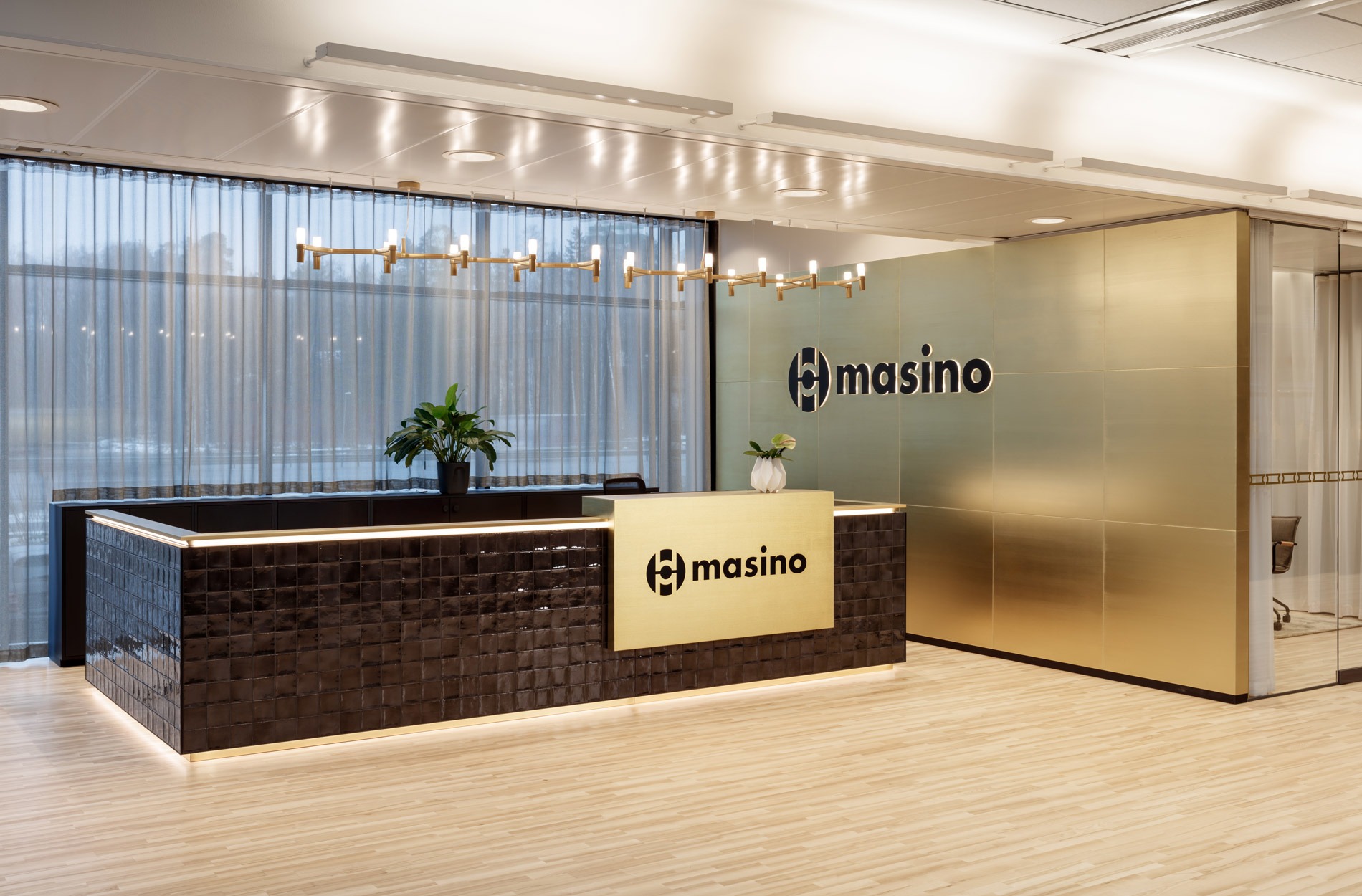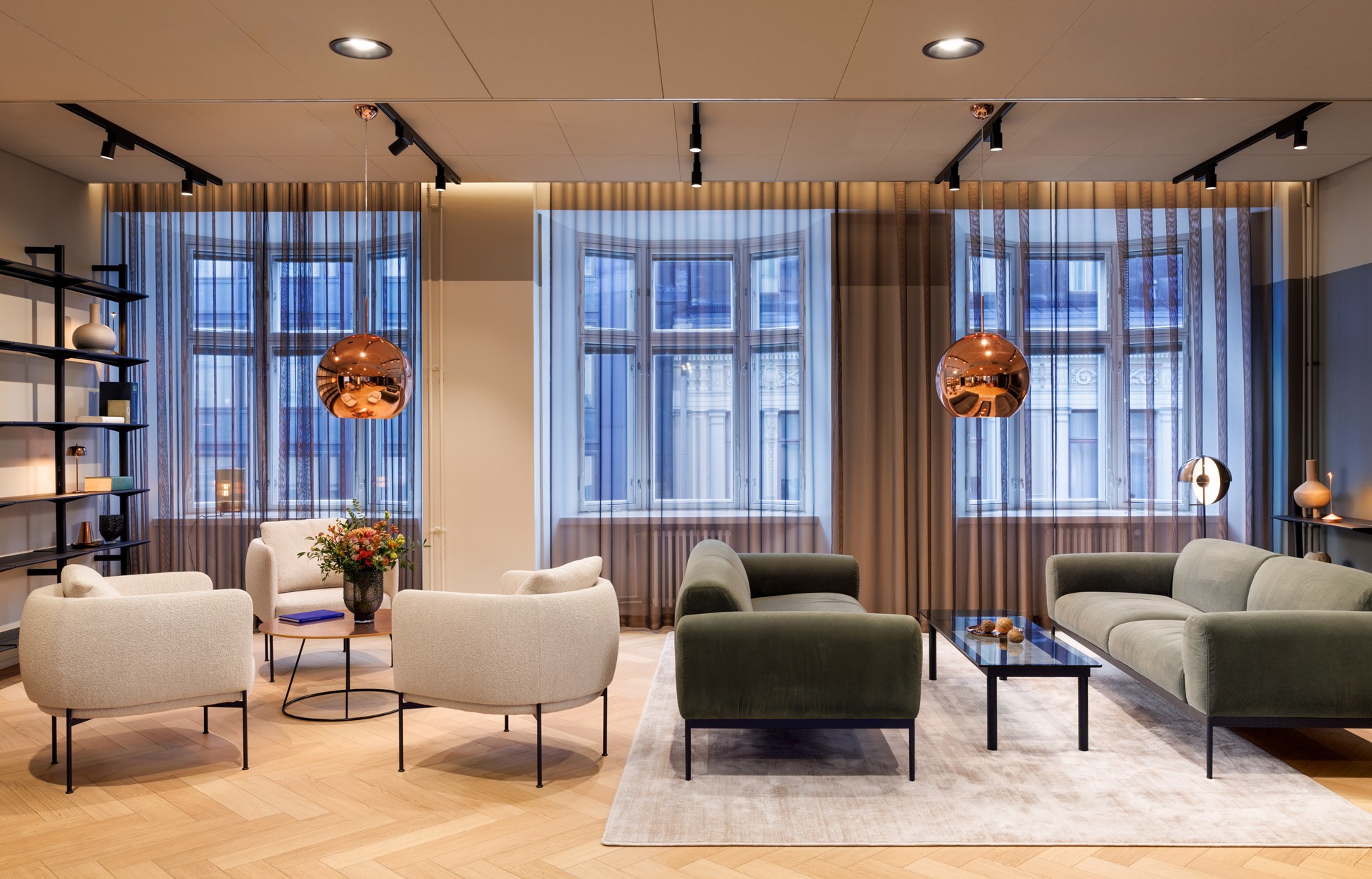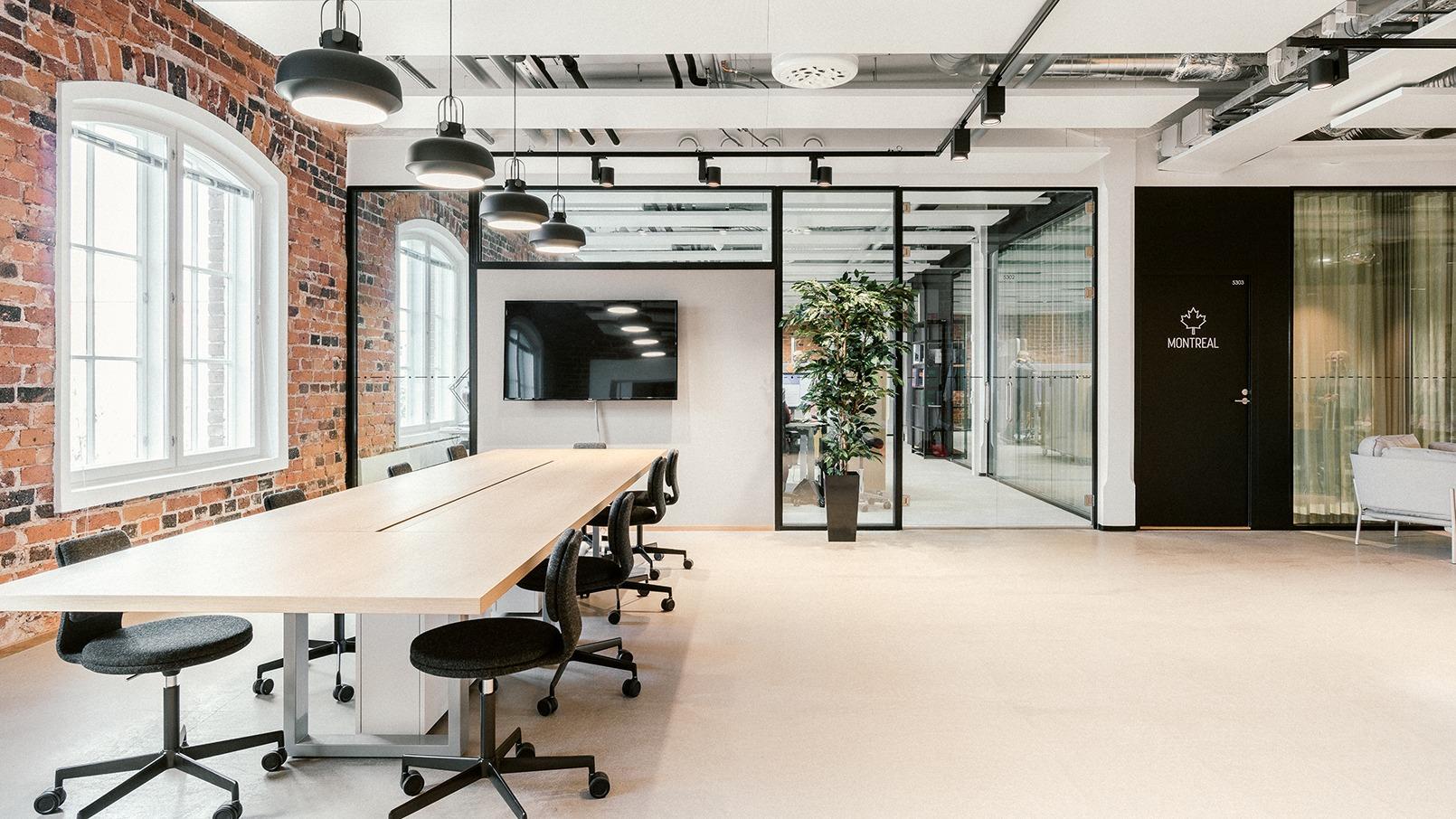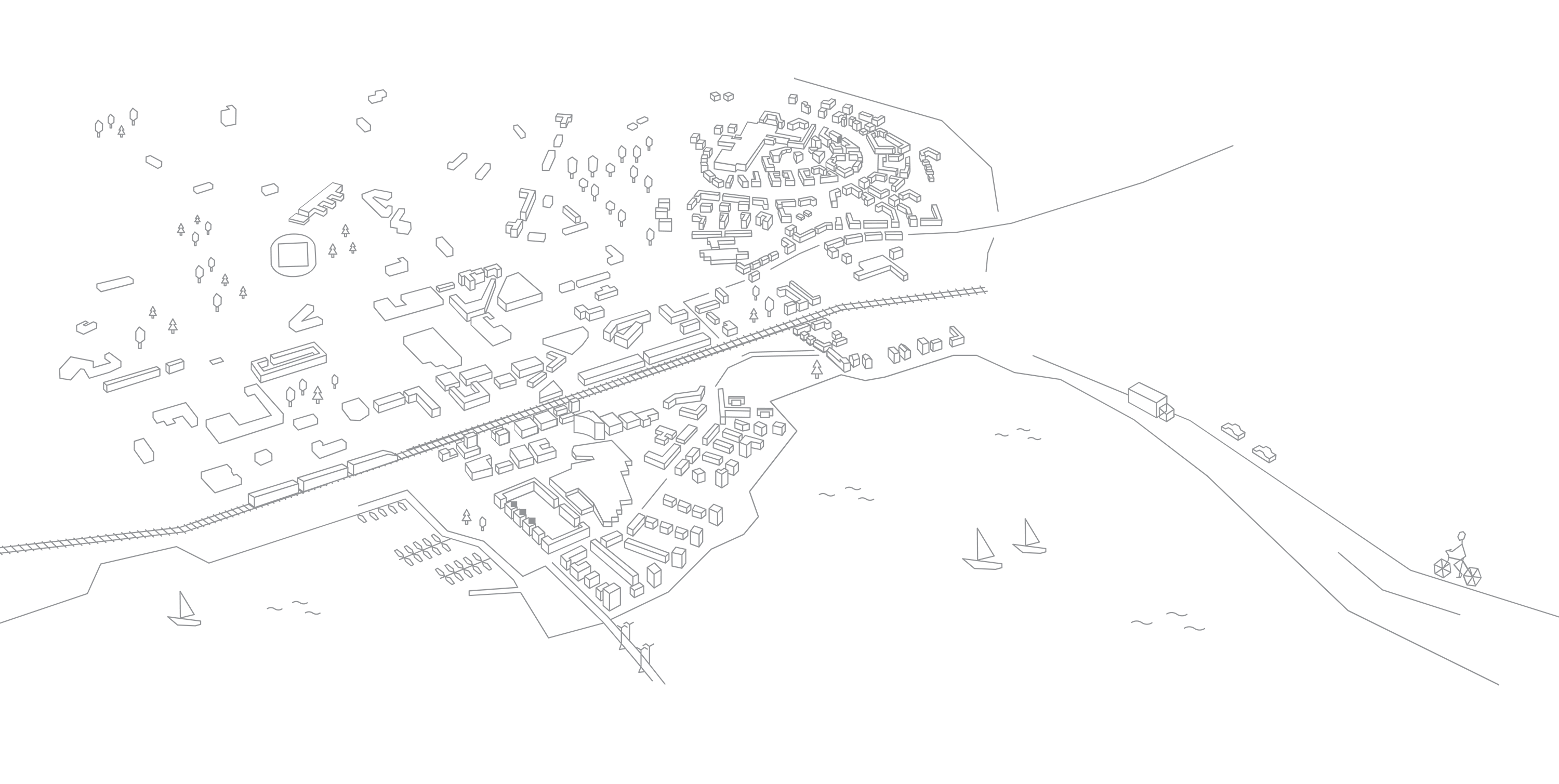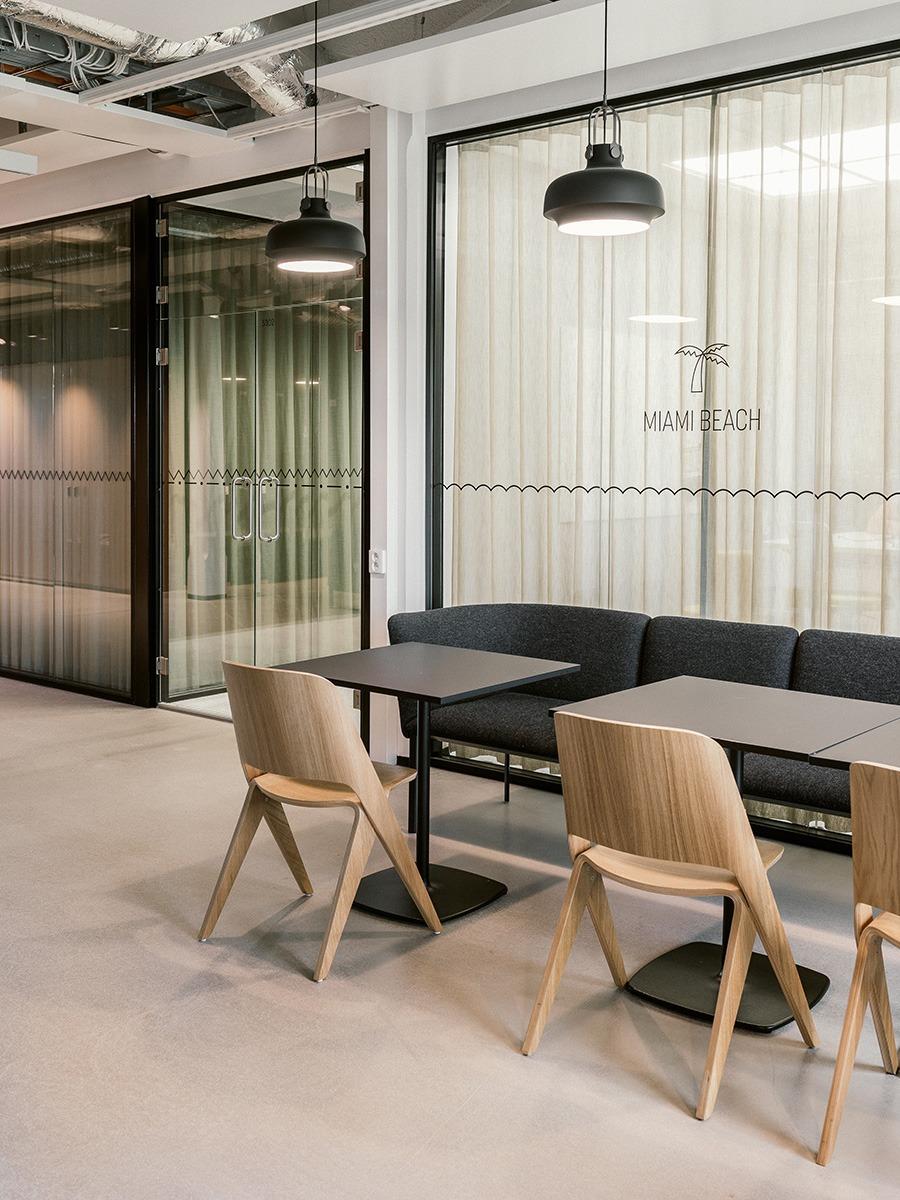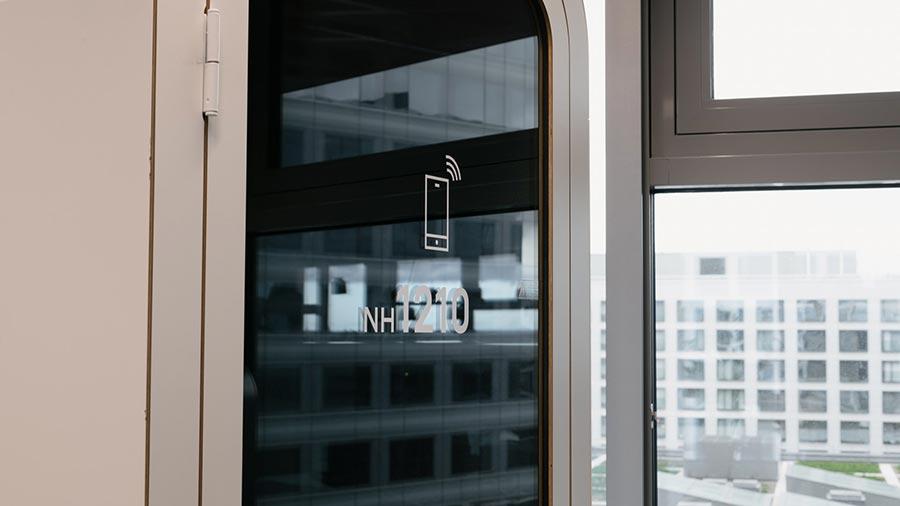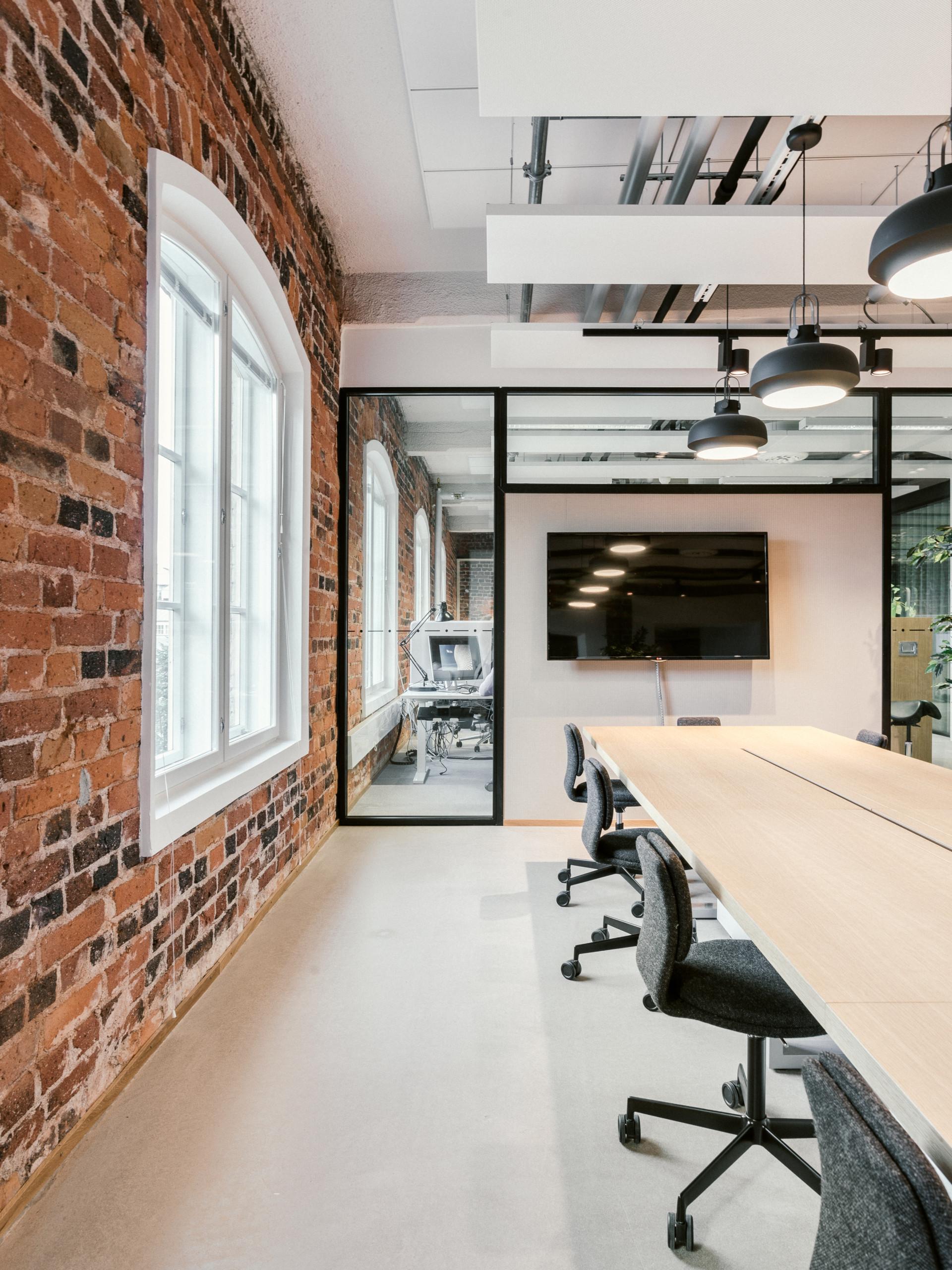Collaborative offices for brilliant experts in three cities
The partnership between WSP and Rune & Berg is based on close cooperation, participation and shared ownership – working environments are seen not only from the point of view of people and office spaces, but in support of strategy and working culture. The backbone of the working environment development was WSP’s employees who use the offices and their experiences. Thanks to the consistent development of WSP’s spatial use and working methods, the company was able to upscale its offices by renting premises in unique locations.
WSP Finland’s offices are distinctive and reflect the preferences of their users: WSP Finland’s head office is located in the Tripla complex in Pasila, Helsinki, which is one of the major constructions in Finland in recent years, and the modernised offices in Tampere and Jyväskylä are located in the historical Tampella factory area and near the former Jyväskylä paper mill, respectively. The atmosphere is an exciting combination of old and new that brings together the global and the local in interesting ways. The spaces are casual but elegant, with a natural colour palette and a hint of the WSP brand’s muted red that gives the offices a coherent look while maintaining their local flavour. The playful signs remind employees of their talented colleagues in other locations.
Giving voice to the local community and experts
WSP is a global enterprise that specialises in civil engineering, and whose 700 experts at WSP Finland work together to build a better society. The cooperation between WSP and Rune & Berg dates back to 2016. Over the years, the two companies have, for example, designed and implemented a pre-COVID working environment concept in Jyväskylä and Tampere, and developed and re-designed the Helsinki head office, first in 2017 and again in 2019 when the office relocated to Tripla. Both WSP and Rune & Berg emphasise a customer-centred approach, and involving the employees and customers in the design process was a natural choice.
The design drivers for the project were:
- collaboration and interaction
- the importance of collaboration, supporting the company culture
- understanding the employees
- the functional needs of different experts
- cost-efficient, creative and flexible use of space.
Rune & Berg has been responsible for the spatial concept and design, graphic elements and helped the client with renovation planning. “Human competence and know-how, in other words, expertise, are at the core of WSP’s business. Our starting point was to ask how spatial solutions can support the growth of competence and the sharing of expertise. The concept we created with Rune & Berg is strong and goes beyond the space itself – it supports the brand and our objectives,” says the Jyväskylä and Tampere project lead Sanna Kulmala, describing the background of the projects.
The underlying idea in all of WSP’s renovations was to upgrade the WSP working environments with spatial solutions that support collaboration and sharing knowledge. Rune & Berg’s main task was to develop ways of working and working spaces with participatory design methods as well as to help in implementing the change. During the project, Rune & Berg used service design methods to analyse the needs of the different experts, including observation, workshops, surveys and sharing information openly. “The greatest value has been change management and support in that. Rune & Berg has had a strong role in managing the change and internal communications”, WSP’s Facility Manager Karoliina Paavola sums up about the Tripla project.
Creating truly high-end working environments with WSP’s experts
WSP’s projects and the design of new working models started with cooperation and by mapping out and taking into account the tasks of the experts in each field. Areas of analysis at the local offices included collaboration between teams, work-related mobility, and feedback from the people who use the spaces. The Jyväskylä office features a shared working café in the entrance area, while each team has its own working space. The Tampere office chose a more open concept that supports collaboration and multidisciplinary projects. The office space is still divided into private and public areas. The main office in Tripla has shared workstations that help to prevent silos. However, the office is equipped with “home bases” that help employees find one another. Employees have been delighted about the new spaces, even though there has also been some resistance to change, Karoliina mentions. “The first reaction of a new employee moving to the Tripla office was “wow, what a lovely office, I have never worked in such a nice place!”
WSP’s employees were actively involved in the projects as both users and experts in their own fields. For example, the indoor air and acoustics specialists at the Tampere office participated in selecting materials that promote good indoor air quality and testing different sound environments. The Jyväskylä office has a separate laboratory room that was designed in close collaboration with WSP’s experts. The lobby in Tripla showcases an impressive display of WSP’s civil engineering projects, featuring drawings, 3D hologram displays, and miniatures.
In-house style partnership supports a change in working culture
The partnership between Rune & Berg and WSP is based on shared responsibility and long-term development: working environments are developed systematically, with the help of a coherent concept and by engaging with and paying close attention to the employees. “Technically, the framework provided by the concept supports scaling for different locations and premises. Adjusting the concept to different cities always requires updating, which means that it makes sense to have the same party both create and implement the concept,” Sanna says, explaining how the cooperation works in practice. “For example starting the Tripla project was easier because Rune & Berg already had knowledge from previous projects on what kind of work we do and the types of spatial needs that we have at WSP”, Karoliina adds.
On the other hand, the partnership gave rise to new practices and wider topics that support the working culture. The key to the project’s success was true participation: together we mapped out future needs at the design stage, visited the construction site and planned the use of the space at the implementation stage. The employees were eager to learn about the new working methods, proud of their new office and ready to embrace the communal practices. “Everyone in the working community learned to talk about working space and its use. We wanted to take the matter from the HR policy level to the level of practice, among the people who actually work in the space. We managed to create a culture where everyone has the courage to speak up if they want to change something,” says Sanna, describing the people-driven change process.
Would you like to learn more about the development of WSP’s working environments?
The Tampere project has been covered in an article in Rakennuslehti, and the relocation to Tripla in a news story (both in Finnish).
Get familiar with other similar projects
